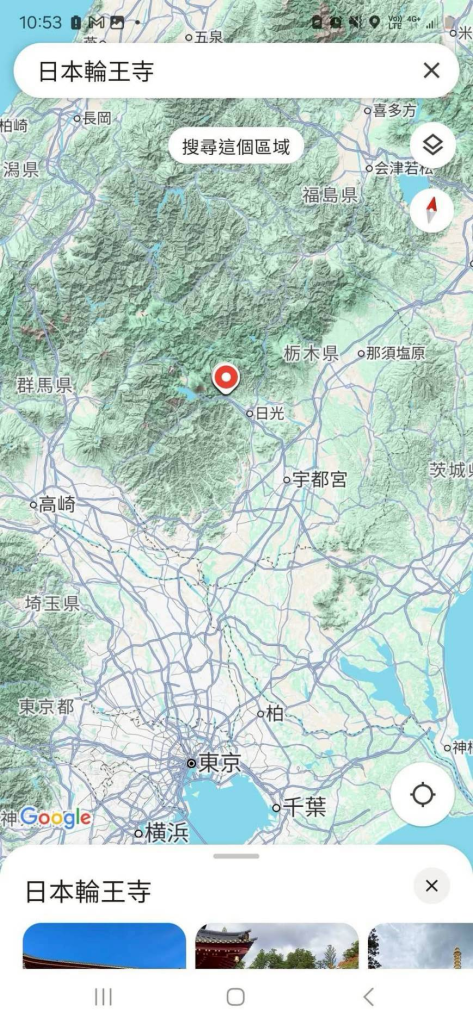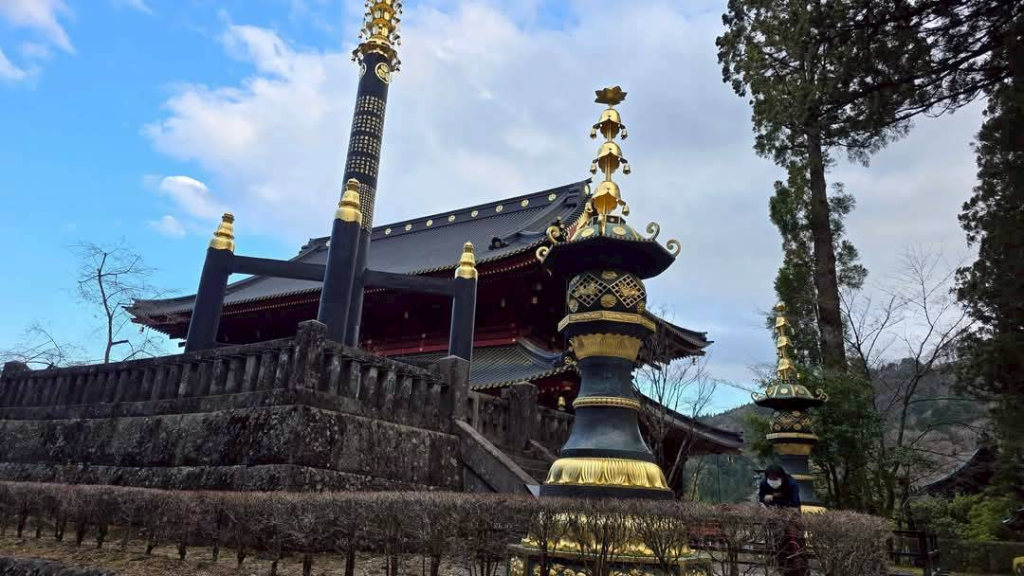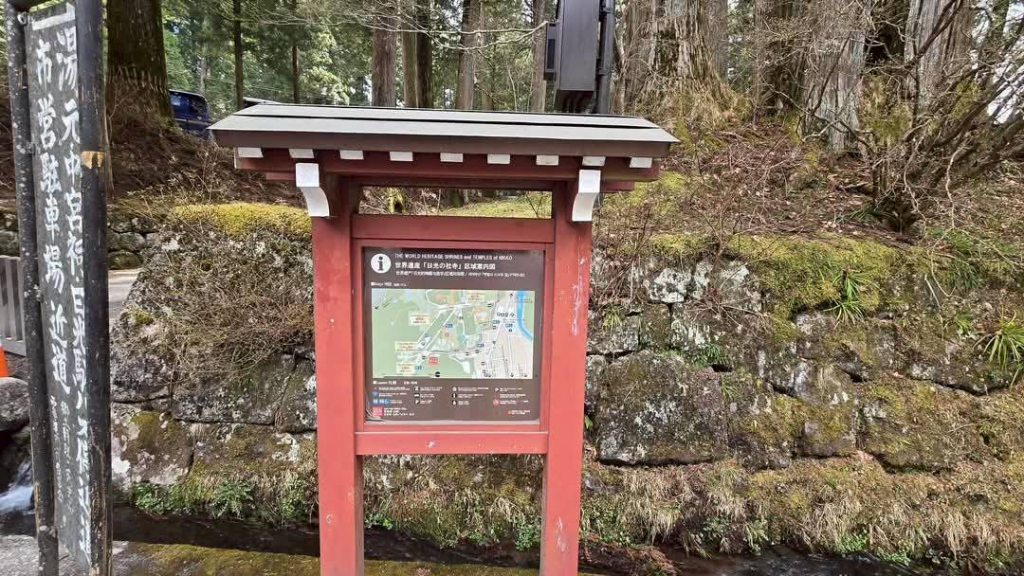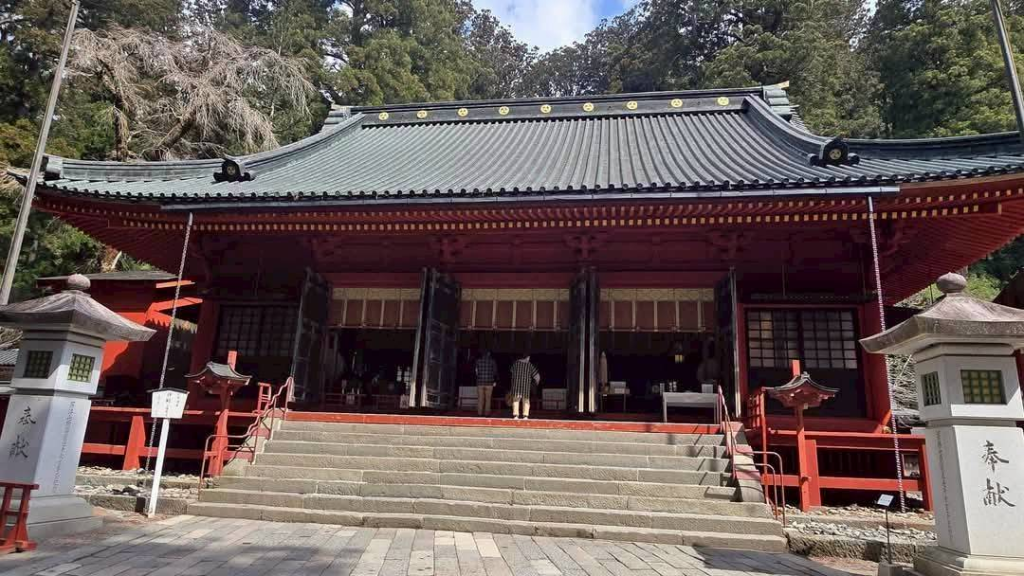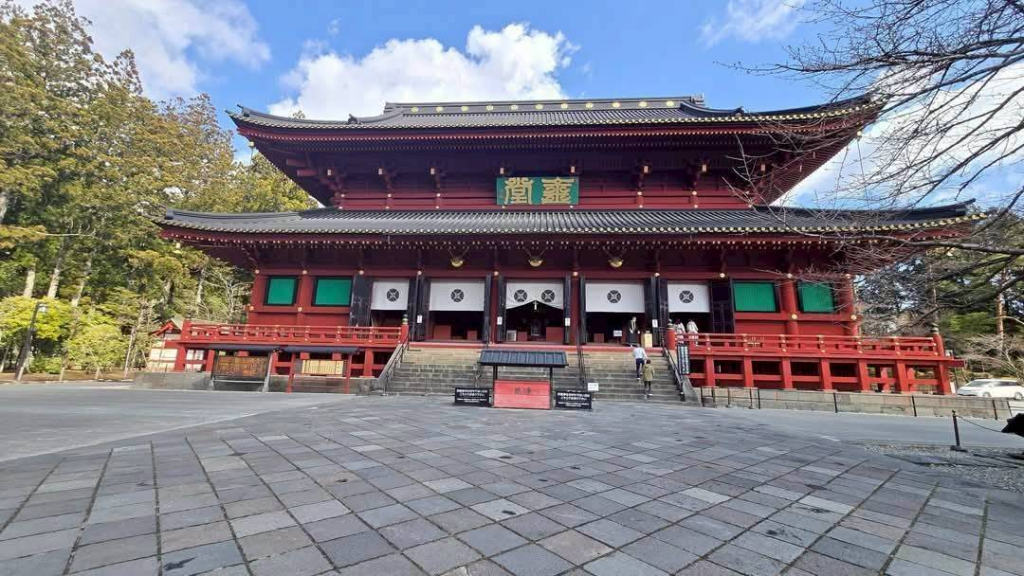[Kanto Also Has World Heritage Sites II]
[Nikko II: The Two Shrines and One Temple World Heritage Site]
[Nikkozan Rinnoji Temple]
[Nikkozan Futarasan Shrine]
[Nikkozan Taiyuin]
[Over 1,200 Years of History]
Most people traveling to Tokyo’s outskirts head to Karuizawa or Lake Kawaguchi, but rarely visit the historic city of Nikko. Yet Nikko boasts World Heritage sites, rich culture, and a national park—it would be a shame to miss!
Rinnoji Temple does not refer to a single temple but is a collective name for 15 sub-temples in the Nikko mountain area, including main halls, Chuzenji, Taiyuin, pagodas, and more. Founded during the Nara period, it has long flourished as “the foremost sacred site of Kanto.” The architectural complex of the Two Shrines and One Temple—Futarasan Shrine, Toshogu Shrine, and Rinnoji Temple—is registered as a World Heritage Site.
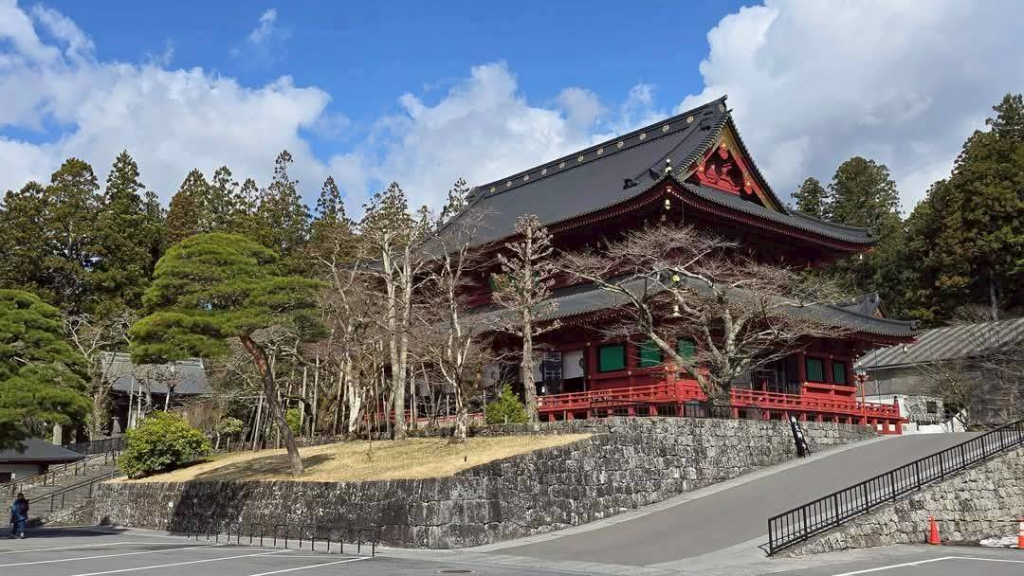
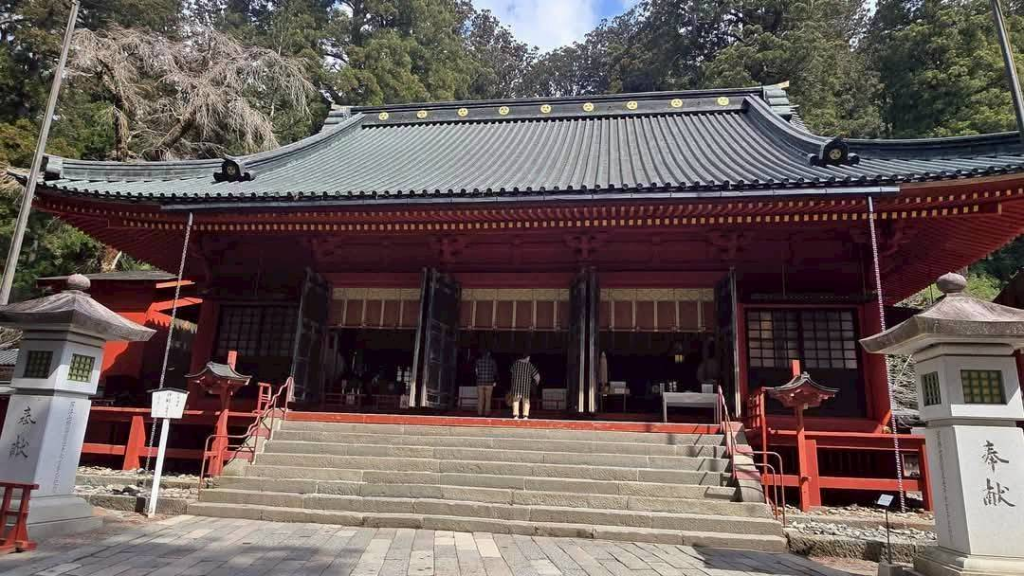
Rinnoji is one of the elements that make up Nikko Toshogu Shrine and is part of the World Cultural Heritage. Its unique features can be described from several aspects:
Grand Scale and Gorgeous Architectural Style
Rinnoji covers a vast area and boasts many important buildings such as the Sanbutsudo (Three Buddha Hall), Sutra Repository, and Bell Tower. These buildings are not only grand in scale but also lavishly decorated, showcasing Edo period architecture and carving techniques. While not as ornate as Toshogu Shrine, they are still quite impressive.

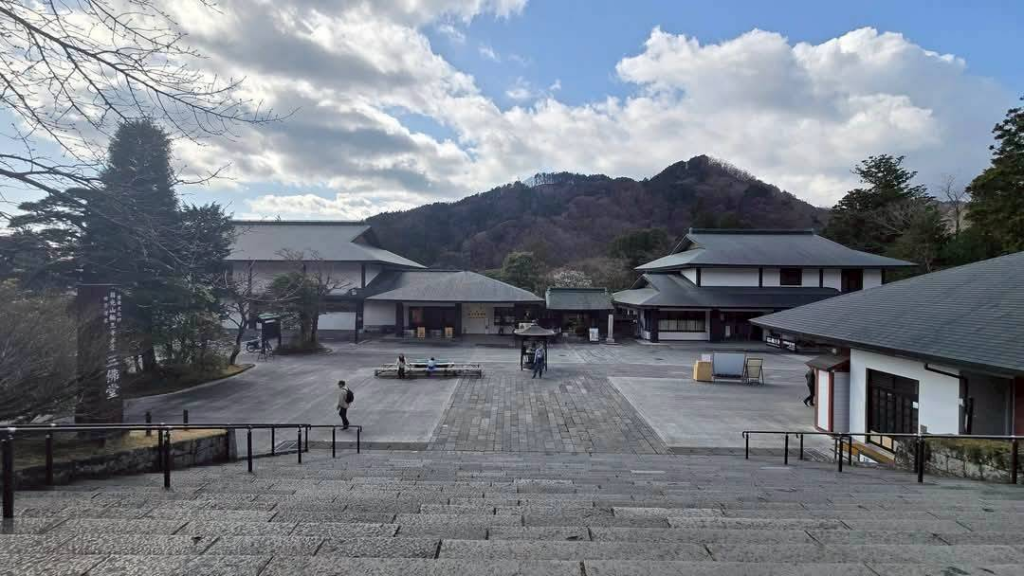
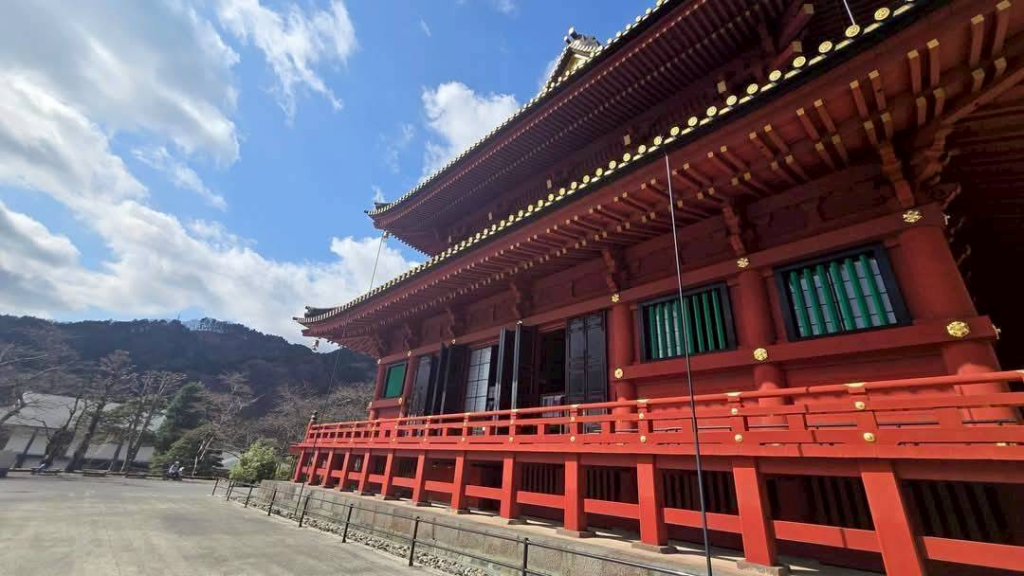
Rich History and Close Ties with Tokugawa Ieyasu
Rinnoji was founded in 784 and has a long history. After the death of Tokugawa Ieyasu, his remains were first interred at Rinnoji and later moved to Toshogu Shrine. Therefore, Rinnoji has deep connections with the Tokugawa shogunate and holds an important place in Japanese history.
Rich Collection of Buddhist Artifacts
Rinnoji houses many precious Buddhist artifacts, such as statues, scriptures, and paintings, which are invaluable for the study of Japanese Buddhist art history.
As the central temple of Nikkozan Rinnoji: Rinnoji is the central temple in the Nikko mountains and holds great religious and cultural significance locally. It is not only a sightseeing spot but also an important place of worship.
Complements the overall scenery of Toshogu Shrine: Together with Toshogu Shrine and Futarasan Shrine, Rinnoji forms the Nikko Shrine and Temple complex, creating a grand and magnificent historical and cultural landscape. They complement each other and together showcase the essence of Japanese history and culture.
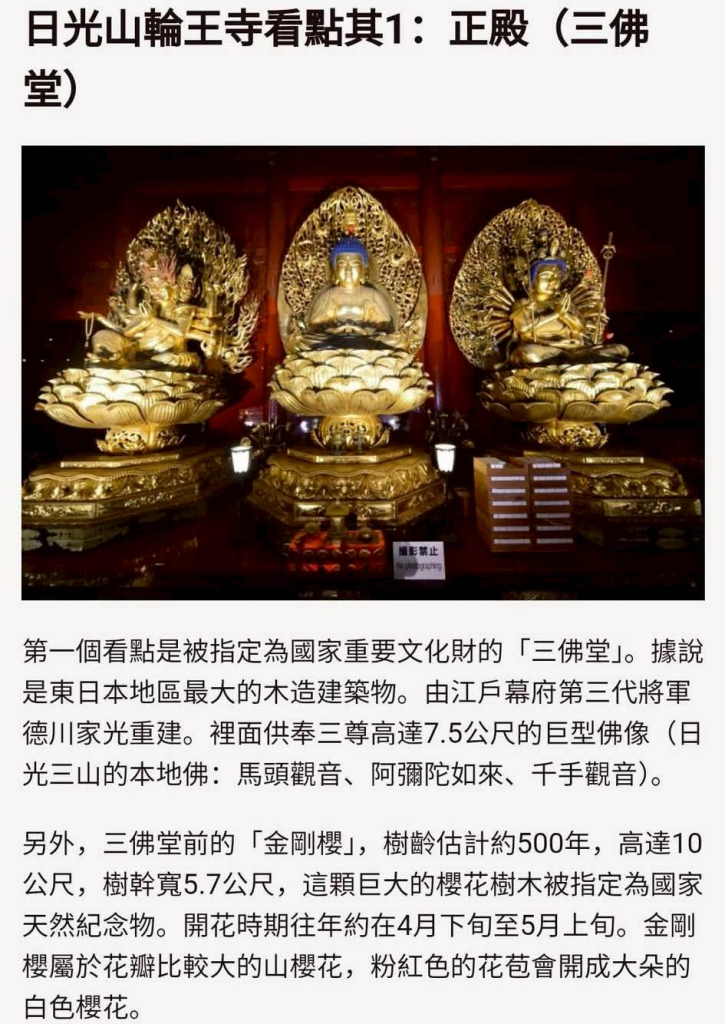
History of Nikkozan Rinnoji Temple
Founded in the Nara period, it ranks alongside Toeizan and Hieizan as the three great head temples of the Tendai school. Previously, I had heard of Toeizan and Hieizan but was less familiar with Rinnoji.
It is as famous as Enryakuji on Mt. Hiei and Kaneiji on Mt. Toeizan,
and is one of the main Tendai temples founded in 766.
The Sanbutsudo (Three Buddha Hall) is the largest wooden building in Nikkozan,
housing three large Buddha statues, each 7.5 meters tall, creating an awe-inspiring atmosphere. In front of the Sanbutsudo stands a five-hundred-year-old Kon-gozakura cherry tree, with stunning blossoms in spring.
It is said that Rinnoji originated from Shihonryuji, established by the founder of Nikko, Shodo Shonin, and is a renowned sacred site of the Tendai school.
The Tendai school of Buddhism was introduced to Japan from China in 806. The main hall was first built by the great Tendai monk Ennin (c. 794-864) in 848. The Tendai school is one of the most influential and comprehensive Buddhist sects in Japan, incorporating teachings from other Buddhist schools and harmonizing them with Shinto beliefs. The main hall was originally located at the present site of Toshogu Shrine and was moved and rebuilt several times. The current structure dates back to 1645.
(Source: Internet)
The “Sanbutsudo” is the largest wooden building in the Nikko area, housing three great Buddhas representing Nikko’s three sacred mountains:
Senju Kannon (Mount Nantai),
Amitabha Buddha (Mount Nyohō), and Bato Kannon (Mount Tarō).
Entering the Sanbutsudo is awe-inspiring, though photos are not allowed.
Bato Kannon is rarely seen in Taiwan.
“Bato Kannon” is also known as “Swift Vajra,” “Quick Vajra,” or “Fierce Vajra.” “Bato Myoo” is one of the Eight Great Wisdom Kings, an incarnation of Avalokiteshvara (Kannon), representing his fierce aspect. Therefore, his true form is Amitabha Buddha.
The main benefits of practicing the “Bato Kannon Dharma” are twofold:
1. Delivering beings from the animal realm
2. Protection from all evil spells and black magic
The “Sorin-to” in front of the Great Goma Hall stands tall like a landmark. Usually made of bronze or iron and built above ground, it substitutes for a pagoda and holds scriptures inside. Now I understand.
[Nikkozan Futarasan Shrine]
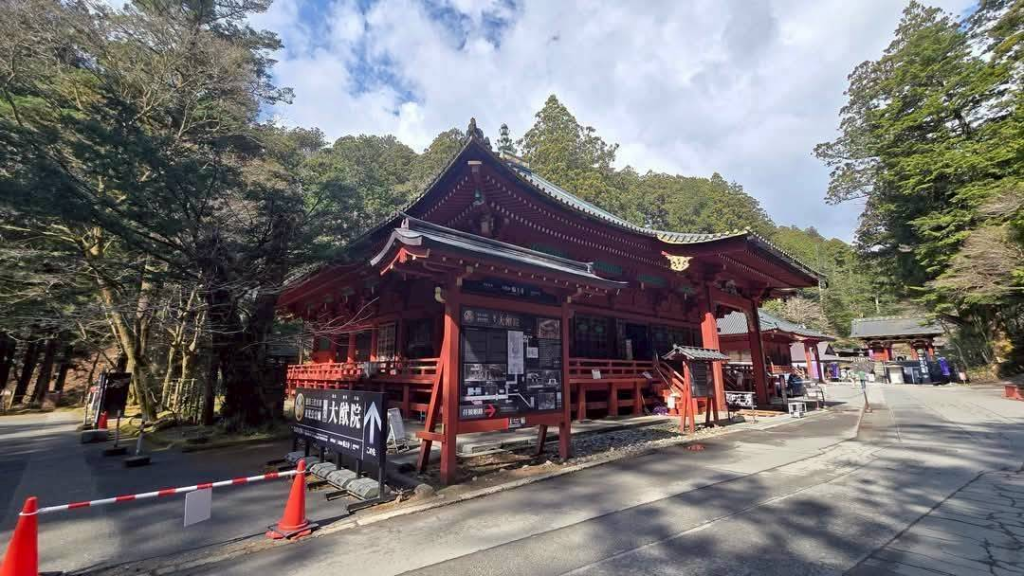
A shrine famous for blessings and matchmaking
History of Futarasan Shrine:
1,200 years ago, Shodo Shonin founded Shihonryuji (now “Nikkozan Rinnoji”) and Futarasan Shrine (now “Hongu Shrine”), starting the mountain worship tradition in Nikko. Futarasan Shrine venerates Mount Nantai as its deity and is respected as the primary shrine of Shimotsuke Province, serving as Nikko’s center of faith.
Compared to Rinnoji, Futarasan Shrine feels more ancient and simple.
Unfortunately, my stay was too short this time—hope to visit again.
If you visit Nikko, it’s best to stay overnight to fully enjoy the Two Shrines and One Temple. However, accommodation options in central Nikko are limited. It turns out that many Japanese tourists stay at Kinugawa, which has a 300-year history and many hot spring hotels.
https://bobbyworld.tw/2024-03-05-3066/
Located about two hours from Tokyo, the Nikko and Kinugawa area is a resort destination close to nature, in contrast to the modern metropolis. With the NIKKO PASS offered by Tobu Railway, you can freely travel on various transportation routes.
If you’re visiting Nikko from Tokyo, don’t forget to visit the Two Shrines and One Temple and experience the charm of Kanto’s most important spiritual site!
